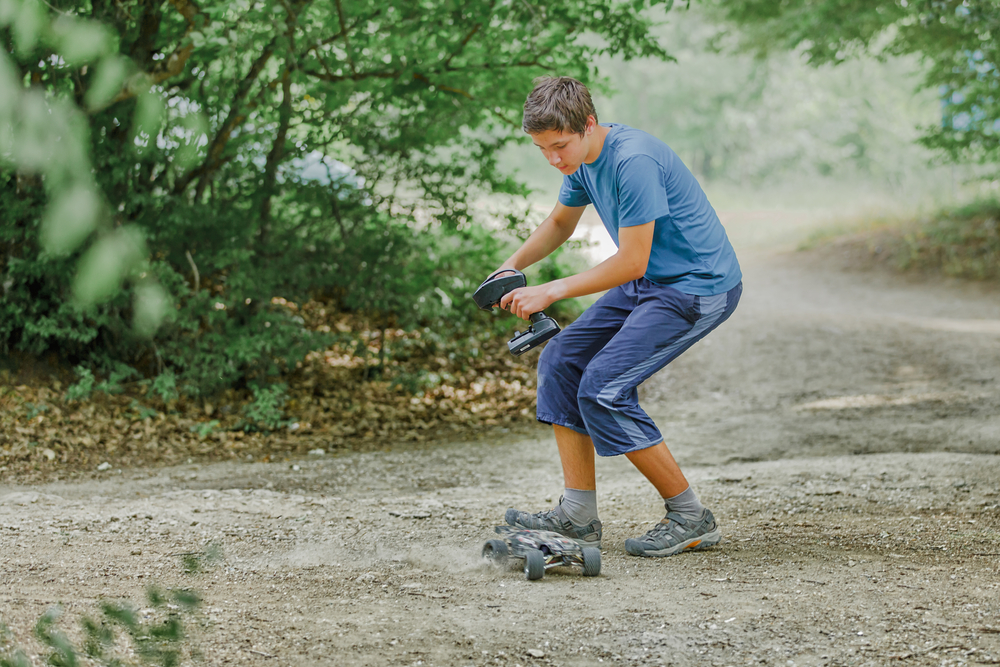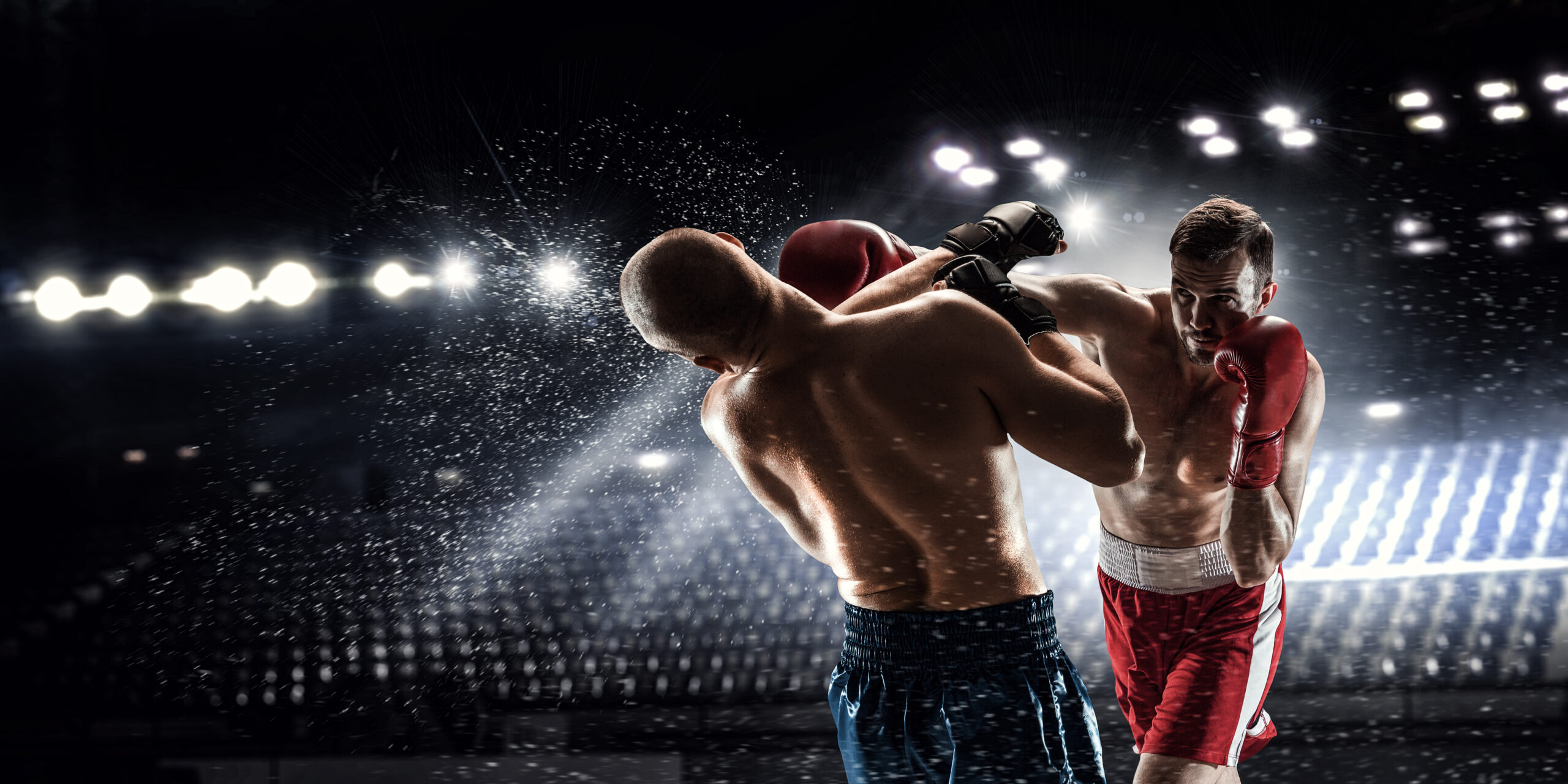HOW TO CHOOSE A RADIO-CONTROLLED CAR
One of the most sought-after goods among radio-controlled items is considered radio-controlled cars. They are popular among both children and adults.
The range of radio-controlled cars is so great that it is sometimes difficult for a beginner to understand the hidden capabilities of each type.
How a beginner can figure out the features of all models
When buying a car, there are top rc rock climbers models with full or partial assembly. In the first case, the car is completely ready for operation, in the second, it is assembled according to the instructions from the individual elements.
Any radio-controlled car consists of parts that vary depending on the size and capabilities of the model:
- Case.
- Electric motor or ICE.
- Battery.
- 1 or 2 servos.
- Chassis.
- Receiver
- Speed controller.
All radio controlled (or RC) machine models are conditionally divided by type, where the following features are considered decisive:
- Scale.
- Volume, type of engine.
- Chassis Type
- Equipment.
How to determine the size
The scale of the model is the size relative to the dimensions of this car.
The following sizes are distinguished:
- 1: 5 – the largest, found in cars with gasoline engines.
- 1: 8 – standard dimensions of SUVs.
- 1:10 – the scale of the road samples.
- 1:12
- 1:16
- 1:18
- 1:24 – compact scale, corresponding to the models of RC indoor cars.
- 1:32 released mainly for collectors.
The most popular in terms of price / quality are models in the scale of 1:10, 1:12, 1:16, 1:18.
Which is better: ICE or electric motor
Modified and stock motors are installed on cars with an electric motor. The standard or stock engine is less revolving, which gives the car a smooth ride and lower speed. Modified motors are almost 2 times more revolving, they give the radio-controlled car a higher speed.
ICE is installed on the model for the street, the scale of the samples is 1: 5, 1: 8, 1:10, 1:12. The cost of such cars is quite high and certain skills are required to be able to control them. Serving models involves time and money. It will be required to periodically buy fuel, change spark plugs, oil.
Radio controlled cars with internal combustion engines develop high speed and operate on 2 types of fuel: gaseous based on nitromethane and gasoline.
The working volume of the engine depends on the size and capabilities of the car:
- Motors of class 12 with a working volume of 2.11 cm3 are installed on road cars of a scale of 1:10.
- Road monsters, tracks, buggies that are 1:10 in size can have a class 15 engine with a volume of 2.5 cm3, or an 18 class motor with a volume of 3 cm3.
- Monsters, road buggies with a size of 1: 8 are equipped with engines of 3.5 cm3 of class 21. The same models are equipped with class 25 motors with a volume of 4.1 cm3.
Vehicle base: Chassis
The chassis is the basis of any model, its chassis, where all the main components are attached.
The maneuverability of the car depends on its structure. By the type of chassis, cars can be of the following types:
- For racing with high speeds on flat terrain, dirt tracks, rear-wheel drive road or rally radio-controlled models are perfect.
- Jumping, off-road racing is the fate of four-wheel drive cars and samples with rear-wheel drive. These are buggies, trucks with improved suspension and high ground clearance.
- Trial cars with soft tires, oil shock absorbers are able to effectively maneuver on flat surfaces.
- For overcoming obstacles and for the off-road racing, monsters with huge wheels, crawlers with powerful shock absorbers and suspension are perfect. These are, as a rule, all-wheel drive models that are not afraid of any surfaces and are subject to jumps of any complexity.
The chassis of the models consists of a cardan drive or belt transmission, independent suspension on wishbones, steering trapezoid, and hydraulic shock absorbers. 1 or 2 coal plates play the role of the supporting part .
Other components and parts
The speed regulator allows smooth adjusting of the engine speed. Cars with reverse gear are suitable for normal play or driving over rough terrain. For professional racing you will need more maneuverable cars without reverse gear.
The signal from the transmitter is transmitted using receivers working with FM or AM frequencies, the AM transmitter though will not be able to work with the FM receiver. The most practical are FM devices operating at a frequency of 40 MHz. They are less susceptible to interference, and their work does not depend on interference from stationary radio equipment.
Such a mechanism as a servo machine is responsible for the position of the steering wheels of the radio controlled car. Models with a force of more than 50 N and a turning speed of up to 0.10 sec have good maneuverability. In cars with internal combustion engines, the role of a speed controller is performed by an additional servo machine. It is responsible for the operation of the brake mechanisms, it closes and opens the “gas”.
When choosing a battery, proceed from the purpose for which you purchase your RC car. For a hobby or a game, you can take models without super-indicators for voltage and other parameters. For professional “drivers”, capacious powerful batteries of 3000-3300 mAh are suitable. Models with reliable durable nickel-metal hydride filling are manufactured by GP, Sanyo.
Other additional things to buy
In addition to the radio controlled car, the following needs to be additionally purchased:
- Charger (if not included)
- Radio control equipment.
- For models with ICE you will also need a starter.
For a car with an electric motor, you need a charger (if not included) which can be bought at the RC cars store. The more modern and expensive it is, the longer the car batteries will last. Beginners can be advised to get a charger of a middle quality level. Professional users will have to splurge on more expensive models. You should not save money and get tempted to buy an entry-level battery.
When buying a charger, you need to clarify: what type of charger needs maintenance. NiMH and NICd batteries have different charging cycles, which is good for nickel-cadmium batteries detrimental to metal hydride samples. This must be remembered.
Maneuverability of the car and the degree of pleasure that the owner will get as a result depend on the quality of the RC car. This is the case when the quality depends on the cost. The optimal average price remotes are those with the adjustment of the rotation of the wheels, with trimmers, and that are comfortable in the hand.
The speed and maneuverability of the model depends on the starting mechanism of the motor of radio controlled cars with ICE. For outings, hobbies, games, cars with low-power motors and electric starters are suitable. A special stand will be needed for professional cars that are purchased for sports. Additionally, for bench-scale and low-power cars with ICE, you will need to buy a battery or glow plugs.
Which manufacturer is better
You can find a model for a specific purpose in any store of radio controlled toys. Professionals can use cars with a scale of 1: 5, 1: 6, 1: 8, 1:10, other models are designed for hobbies and entertainment.
If the car is bought for a game or hobby, we can advise such companies as Himoto, MJX, Tamiya, Traxxas, HPI. When in doubt about the correct purchase, you can contact the manager or sales consultant. Any self-respecting store of radio controlled cars must have a staff of qualified employees who can provide you with all the information.
Read More
